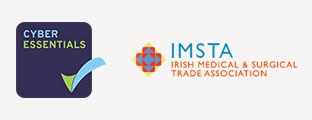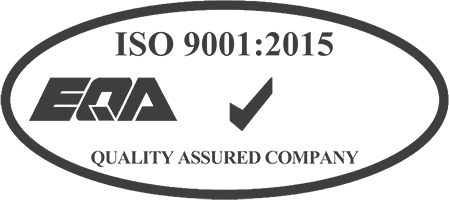News
-
 16.03.2011/ Tongue blade acc. to HORNBERGER
16.03.2011/ Tongue blade acc. to HORNBERGER
Problem
Adenotomy is one of the most common ENT procedures performed on young children. Since the introduction of laryngeal masks for anesthesia, departments have increasingly used them in pediatric anesthesia because they prevent trauma to the child's larynx and do not require relaxation. When using the tongue blades employed in intubation, however, it quickly becomes clear that the guiding groove of the tongue blade is too narrow, resulting in pinching of the laryngeal mask. When the tongue blade is introduced, the laryngeal mask is therefore positioned under significant tension to the palatine arches. This, in turn, results in more frequent tearing of the palatine arch with correct use of the BECKMANN adenoid curette.Solution
More than 90% of children undergoing adenotomy are between 2 and 5 years old; anesthesia can therefore be administered using laryngeal masks in sizes 2 or 2.5, at most. In these cases, the modified tongue blade is suitable for performing adenotomy under laryngeal mask anesthesia with the child's head in the common hyperextended lowered position at low risk to the palatal arches.Special features:
- Customary procedure performed with head in hyperextended lowered position
- Adenotomy performed using standard instruments (such as BECKMANN adenoid curette)
- Flat, wide groove of tongue blade
- Clear working field
- No squeezing of the tube of the laryngeal mask
- Minimized risk of the palatal arches tearing during adenotomy
- Narrow design to protect teeth

 Integrated theatres, Endoscopic camera systems, Endoscopic units, Telescopes and Instruments for all disciplines
Integrated theatres, Endoscopic camera systems, Endoscopic units, Telescopes and Instruments for all disciplines
 Patient Warming Blankets and Temperature Management Systems
Patient Warming Blankets and Temperature Management Systems
 Portering Chairs, I.V Poles, Examination Couches, Surgeons Stools
Portering Chairs, I.V Poles, Examination Couches, Surgeons Stools
 Laundry Carts, Bulk Transport Carts, Catering Trolleys, CSSD Tables, Racking and Equipment
Laundry Carts, Bulk Transport Carts, Catering Trolleys, CSSD Tables, Racking and Equipment

